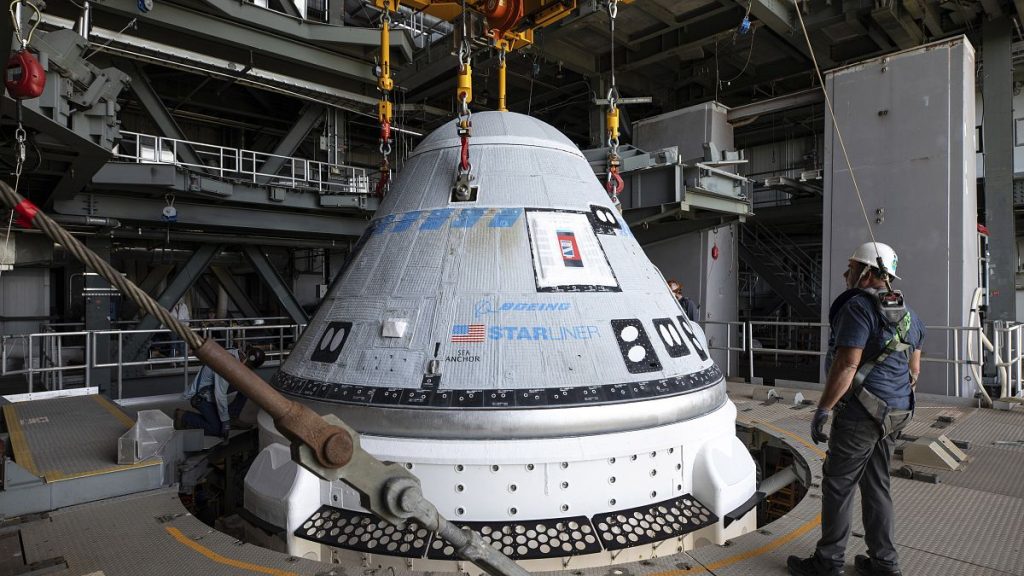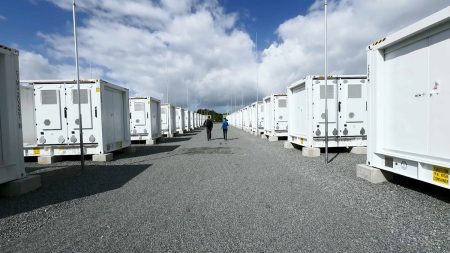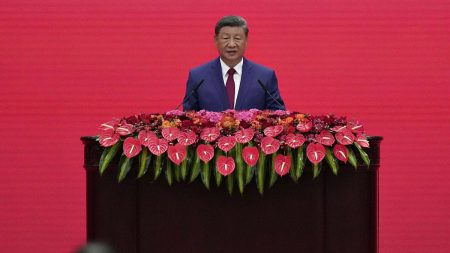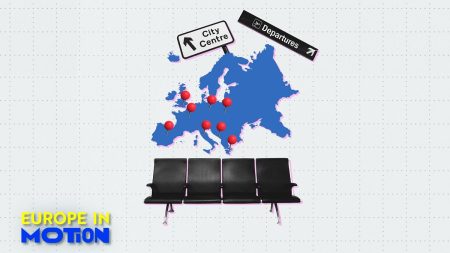Boeing is set to launch its first crewed spacecraft, the Starliner capsule, to the International Space Station on May 6, carrying NASA astronauts Butch Wilmore and Suni Williams. The American aerospace giant had previously launched two Starliner capsules without a crew, with the first test flight encountering software and other problems in 2019. After a repeat demo in 2022 and delays in 2023 due to parachute issues and flammable tape, the new Starliner capsule is scheduled to blast off atop an Atlas rocket at 10:34 pm ET on May 6. Wilmore and Williams will be the first astronauts to ride an Atlas rocket since NASA’s Project Mercury in the 1960s.
NASA’s commercial crew program has tasked Boeing with sending astronauts to the International Space Station, marking a historic mission for the company. Wilmore emphasized that this flight is a test meant to uncover any potential issues, as they expect to encounter challenges on the first human flight of the spacecraft. Williams noted that Boeing’s Starliner is a great stepping stone for astronauts preparing to travel beyond low Earth orbit and return to the Moon, likening it to the crewed spacecraft Orion used in NASA’s Artemis Moon exploration program. Despite the planned wind-down of the International Space Station by 2030, NASA remains committed to having capsules from two competing companies for its astronauts.
Boeing’s Starliner launch will mark a significant milestone in NASA’s efforts to transport astronauts to and from the space station, with SpaceX also playing a key role through its crewed spacecraft launches since 2020. SpaceX’s most recent liftoff in March 2024 with Crew-8 aboard will see the oversight of the arrival of Boeing’s new rocketship at the ISS. Both companies offer capsules for NASA astronauts, ensuring a continued presence in space exploration even as the International Space Station approaches its planned end of operation in the next decade. This ongoing collaboration between Boeing and SpaceX reflects NASA’s commitment to supporting crewed missions beyond low Earth orbit.
The arrival of Wilmore and Williams at the launch site just over a week before the scheduled lift-off highlights the preparation and anticipation surrounding Boeing’s first human spaceflight. The excitement among the Boeing team and the astronauts is palpable, as they embark on a historic mission to deliver crew to the International Space Station. The test flight of the Starliner capsule will provide valuable insights into the spacecraft’s performance and capabilities, as the crew prepares to spend a week in space conducting experiments and observations. This mission represents a significant milestone for Boeing, NASA, and commercial spaceflight as a whole, showcasing the progress and innovation in human space exploration.
Boeing’s Starliner mission represents a significant advancement in commercial spaceflight, with the company set to launch its first crewed spacecraft to the International Space Station. The journey of Butch Wilmore and Suni Williams to the ISS marks a historic moment for Boeing and NASA, as they prepare to test the capabilities of the Starliner capsule in orbit. The collaboration between Boeing and SpaceX in transporting astronauts to and from the space station underscores the continued commitment to crewed space exploration beyond low Earth orbit. As NASA looks towards the future of human spaceflight, missions like the Starliner launch pave the way for further advancements in space technology and exploration.













